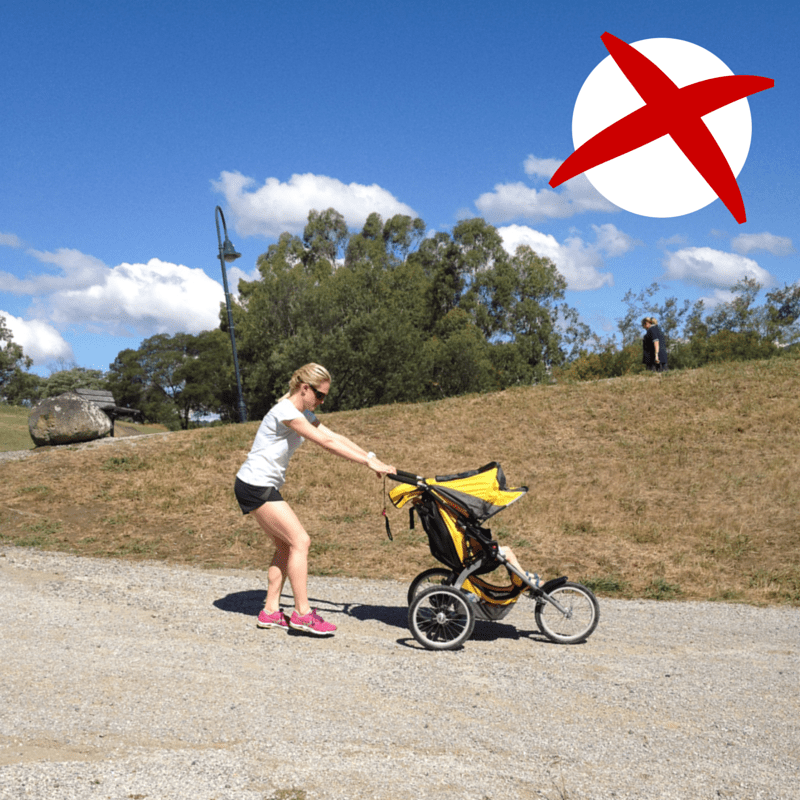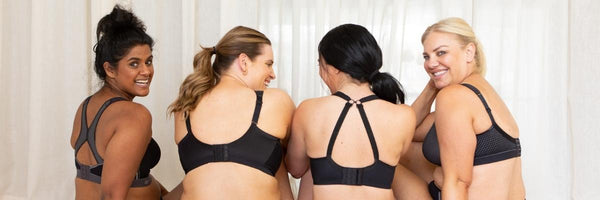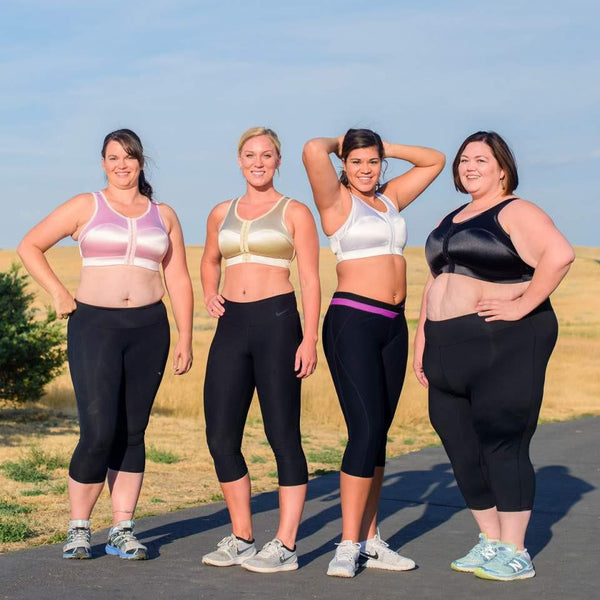Tips on ‘Pram Running’ like a Pro

When I meet someone new conversation invariably begins with introductions, rapidly followed by the question of : what do you do? At this point, I can almost predict the response to my statement, “Well, I have four children so I’m mostly at home with them.” My new acquaintances eyes tend to pop wide open, mouth ajar, gasp followed by “you have four children?!” I generally get told, I look too young, you don’t look like you have four kids, and you are crazy.
And this is all before they find out my secret is running. And not only running, but I am a pram runner.
A bit like having kids, I kind of fell into pram running when we dropped down to having one car for a season. Hubby had to take the car we did have as he needed to tow a trailer to work. So with three kids at the time, I was given a second hand double running pram, the eldest on a bike and off went. I would cover an average of 16km a day and up to 30 if we had trips to the show to do on top of school runs. It was a fun time, and I learnt a lot about how to make the most of what is in front of you! I also learnt much about pram running.
Pram running is not for the faint hearted! But then neither is four kids! Pram running can be an incredible workout if you treat your body well and utilise the pram and extra weight. However, if not done with good running mechanics and technique, pram running, like any exercise, has the potential to damage your body more than help it. I have some great, simple tips and techniques to help you get the most out of running with a pram. But first, let’s look at some basic anatomical background.
The body is incredible. When we run with a pram, there are a few anatomical/biomechanical processes that are removed from a normal running process and some that come into play. The first one that is removed is the full function of the anatomical slings in our core. These are literally a connection of muscles and fibers that transfer the energy and momentum from our right hand as it swings backwards and forwards to our left leg, pushing it forwards. When pram running, this transfer of momentum is significantly diminished as your arms are in a fixed position on the pram handlebars.
The fixed position of the arms also impacts on our breathing, as it means we are more likely to rely on accessory muscles to help us breath, rather than our deeper diaphragm. This particularly comes into play as we fatigue and push harder, eg. when running uphill.
Good running technique, whether you are pushing a pram or not, should rely more on the glutes and core muscles for stability and strength than on the quads or hamstrings. While these are important, they shouldn’t be the primary source of power. This is even more critical when pram running. You will have an absolute bare minimum of 12-15kgs in front of you…. That’s an empty pram! Depending on the child/children in there… I was pushing upwards of 50kg when I used my double.
So, how do we utilize the bodies natural mechanics and make the most of the incredible workout that is pram running? I spent some time with APA Sports Physiotherpaist Ross Kinsella from Freedom Sport Medicine in Melbourne chatting about the dos and donts of pram running:
DO
Stand tall – imagine you have a fishing line coming out the centre of your head and someone is holding it taught, pulling you up toward the sky.
DON’T
Slouch and hunch over the pram. You’ll give yourself a really bad headache if nothing else!
DO
Use your glutes – When running, make sure you push your hips slightly forward and land with your foot directly beneath you so that you are best utilizing your glutes. This is made somewhat easier when pushing a pram as if you over stride you’ll kick it and hurt your toe, shin, knee or all three!
DON’T
Bend at the hips and use your quads or hamstrings as the primary source of power. You will likely end up with a back injury.
DO
Activate your core – Having kids does all sorts of things to a woman’s body. So this one is especially important. Even if you’re a pram running dad, uncle, grandpa, it is imperative to switch on your core to protect your back when pram running. If the concept of ‘switching on your core’ is foreign to you, or you are unsure of what I mean, here is a good link:
DON’T
Rely only on sit ups to achieve a good core strength. You need to go deep into the transverse abdominal muscles.
DO
Stand close, minimize lever arm length – Hand and arm position is very important. Try and keep your arms in line with your shoulders. This will limit the degree of leverage away from your body and therefore make it easier to control the pram and look after your body. Keep the pram close to your body. This provides you with the greatest control and makes it most like its an extension of your body rather than an unruly appendage!
DON’T
Spread your arms wide, even if you have a double pram. You will put excess pressure on your shoulders and neck, again, if nothing else, landing yourself with a decent headache! Also don’t have the pram extended too far away from your body. This will cause you to bend at the hips, deactivating amour glutes and core.
So what do I do:
1. On the flats?
When pram running on the flats, do you best to mimic as closely as possible your natural running form when you run without the pram.
2. When running uphill?
Focus on standing tall, pushing the hips slightly forward, using the glute each time you push off and keeping your feet underneath you. Keep the pram close to your body. Click here for a link to a video with Ross talking me through the uphill.
3. Running downhill
This is possibly the most challenging as the pram just wants to run away! Focus on keeping the pram close to you. You will need to alter your foot strike and land slightly more on your heel, and alter your leg position, almost like a squatting run… This will help you keep control of the pram and protect your back, neck and shoulders.
Click here for a video of correct downhill running technique.
4. Adjusting times
It’s really hard to give a percentage of your time to add on or take off when accounting for the fact that you are pushing a pram. The reality is you will be slower! The best way to measure it is by perceived effort. If you are running a temp run at 7/10effort, try and maintain that level of perceived effort when you are pushing the pram. As time goes by and your body adapts, just as with running without a pram, your perceived effort of 7/will yield faster times. But be patient! It takes time!
This is the biomechanical/Physio perspective on pram running… There could be an entire other post on tips and tricks to keep the babies entertained and yet another on what to look for in a running pram.
So what do I say to those new acquaintances as they gather themselves once they know I have four kids and I pram run… Only that I know a mum of 6 who pram runs, I’m not all that crazy! That yes it’s hard work. But it’s incredibly rewarding – you feel like you’re flying when you leave the pram at home. And you feel like you’re flying when your kids get to enjoy the thrill of an active lifestyle with you. Not much compares to that!
By Hannah ‘She Runs’ Easton
She Science Ambassador. Not only an athlete, I am a wife, mother to four children aged 8 and under, author, of articles, my personal blog and of a book telling my journey through an eating disorder, a teacher, facilitator and public speaker… I am a busy woman! I love life. As an athlete, I am a runner favoring the 10 – 21km racing distances. My heart and focus in life is all about creating community. Communities that inspire others to be free: physically, mentally, emotionally & spiritually. Free in who they are and free to pursue their dreams. To build lasting relationships that encourage, support and foster growth. Happy Full Living! Follow Hannah’s facebook, Instagram & Twitter.
Visit our full website at www.SheScience.com.au
You can find us on facebook www.facebook.com/SheScience
Or on instagram www.instagram.com/SheScience

















